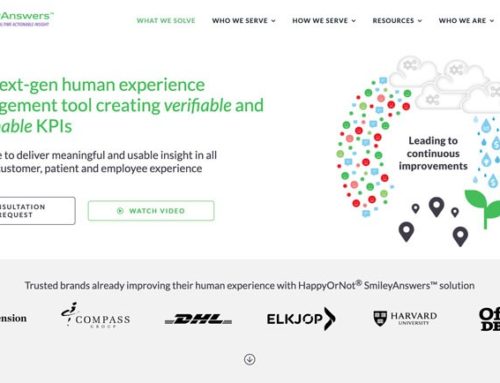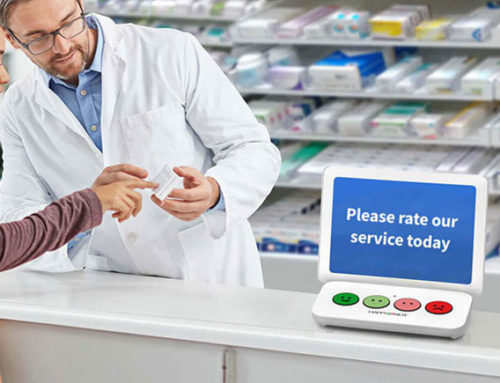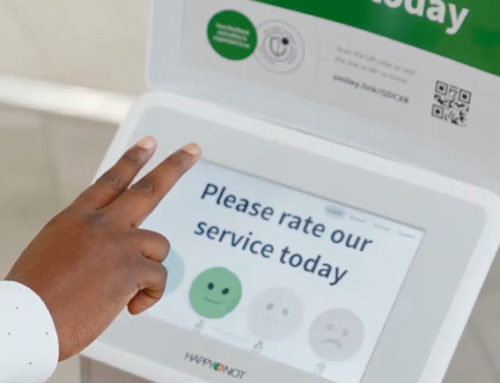Technology continues to impact both the patient experience itself with constant new technologies for care as well as how a patient perceives their experience as they use technology to compare health care providers. In a recent United Healthcare study, a record number of respondents indicated that they have shopped the internet or mobile apps to compare providers for their individual healthcare. The recent survey showed more than a third (37%) shopped versus 14% in a previous survey in 2012. Among those that did shop, 80% described the process as “very helpful” or “somewhat helpful” and 39% stated that the shopping process prompted them to change health care providers or the healthcare facility (or both).
In another study by Cedar, more than half of the healthcare consumers in the study were frustrated by the digital experience they had with their healthcare provider. Approximately 41% said they would stop going to their current provider over bad digital experiences (examples include online bill paying, digital pre-appointment forms, mobile and email bill delivery, and more). The study also revealed that as a patient incurs a bad digital experience, they take this frustration to vent through online reviews. With more individuals going to the internet for reviews to learn more about providers, these bad digital experiences will have more influence on the perceptions of the healthcare consumer/patient.
Patient stress and the need for certainty
As financial burdens continue to impact patients, the need to have more certainty in understanding the costs of healthcare will be more important moving forward. This will also continue to influence how a patient perceives their experience with their provider. In the Cedar study, around 60% of healthcare consumers tried to get out of pocket costs from their provider ahead of their care, but over 50% did not receive it easily or accurately. This lack of transparency also showed in the United Healthcare study as nearly 64% of respondents indicated that they “never” know the cost of the medications before leaving the doctor’s office and just 11% said they “always” know the price.
Opportunities for providers to measure and improve the patient experience
As can be seen by the two studies, many patients/healthcare consumers are frustrated within their experience in healthcare. Providers can take this knowledge and measure the patient’s perceptions and expectations to better understand how their individual patients view their experiences. Technology and perceptions will continue to change at rapid speed. This makes it imperative for providers to be on top of the changing expectations of their patients. By constantly measuring how a patient perceives touchpoints along their experience, providers can be ahead of those who do not understand or are slow to adapt to this changing healthcare landscape.
The touchpoints along a patient’s experience
With the combination of more stress on the patient in terms of financial burdens and uncertainty within the healthcare system, providers can relieve some of this stress and be more competitive by constantly being proactive along the touchpoints for their patient’s experience. The two studies show that touchpoints before a patient enters the office or facility are continuing to increase in importance. Providers will need to have more understanding on how patients perceive these and other touchpoints along their experience. Measuring and improving each touchpoint will become the norm for providers who want to stay on top changing patient expectations and to receive high positive reviews of their office or facility.
Wrapping it up
As technology increases in the healthcare sector, it brings a lot of opportunities for better patient outcomes and overall health. It can also be a stress on both the patient and provider as the costs of technological improvements are taken on by all stakeholders. A constant in this changing technological landscape is that individual healthcare consumers and patients will have changing expectations and each individual and provider will adapt to these changes at different rates. As can be seen in the studies, these varied adaptation rates have an influence on the perception of the consumer/patient and can be frustrating if the results are not matching expectations.
This wide range of adaptation rates and wide expectation rates can be an opportunity for providers who take advantage of measuring patient expectations in real time. With real time feedback, providers can make quick changes to meet the needs of their customers/patients. By relieving some of the stress and bringing more certainty to individuals, providers can in front of the curve to lead their market into this changing landscape by providing a better patient and human experiences.
About SmileyAnswers
SmileyAnswers provides the HappyOrNot® solution to over 600 healthcare facilities. Healthcare providers can measure patient experiences in real time to discover hidden pain points using one or a combination of the four Smiley’s from HappyOrNot®. With quick changes at these discovered pain points, providers can follow their performance improvement projects and be on top of changing expectations and perceptions of both patients and staff. With live and other social sharing tools, the positive improvements can be shared to current and prospective customers and patients to enhance the facilities reviews and patient perceptions. The HappyOrNot® solution is used in over 100 different countries and recently passed 1 billion feedbacks.




